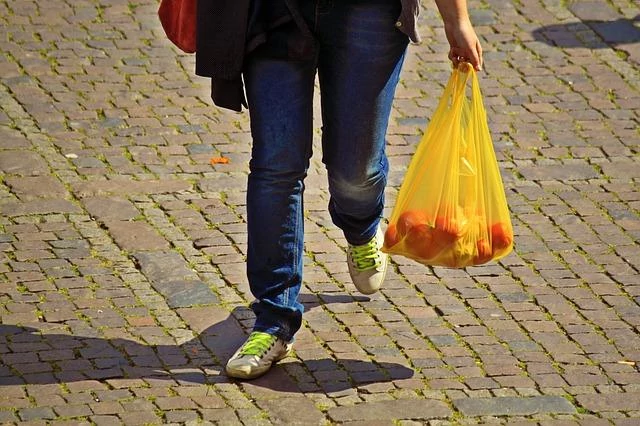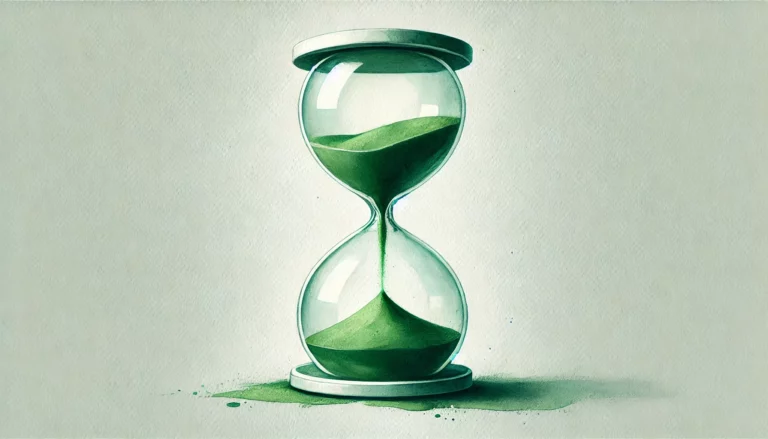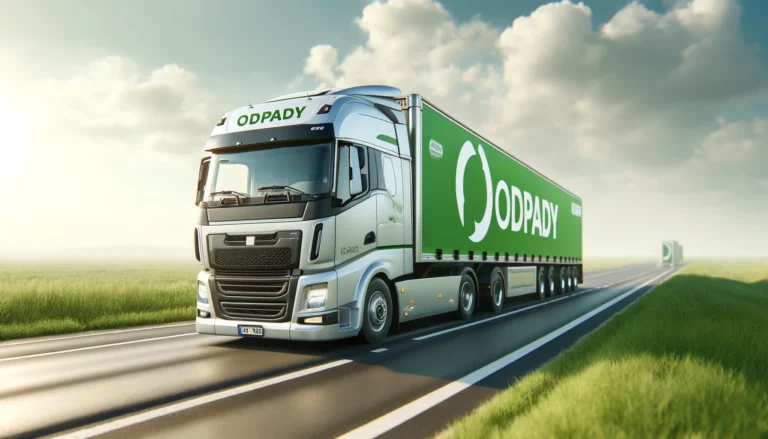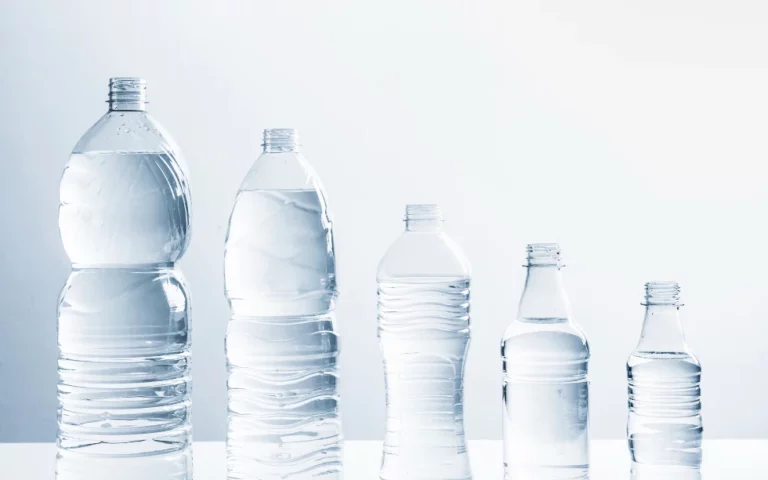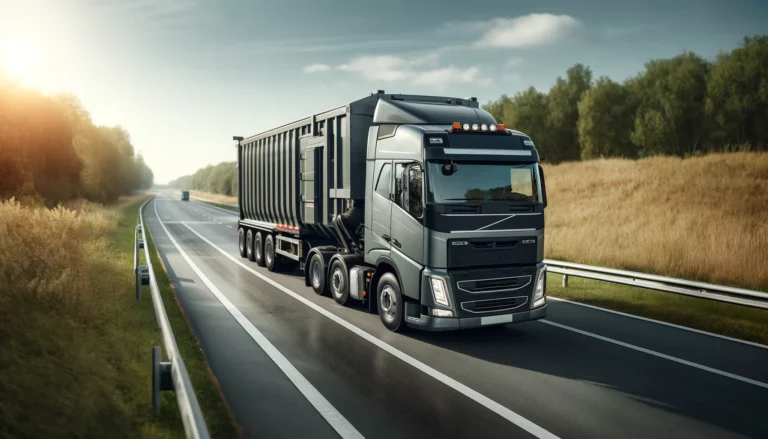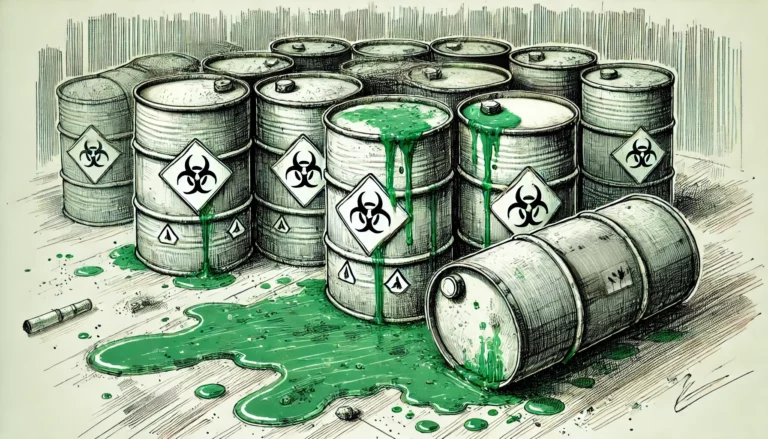Recycling of photovoltaic panels - a problem nobody talks about
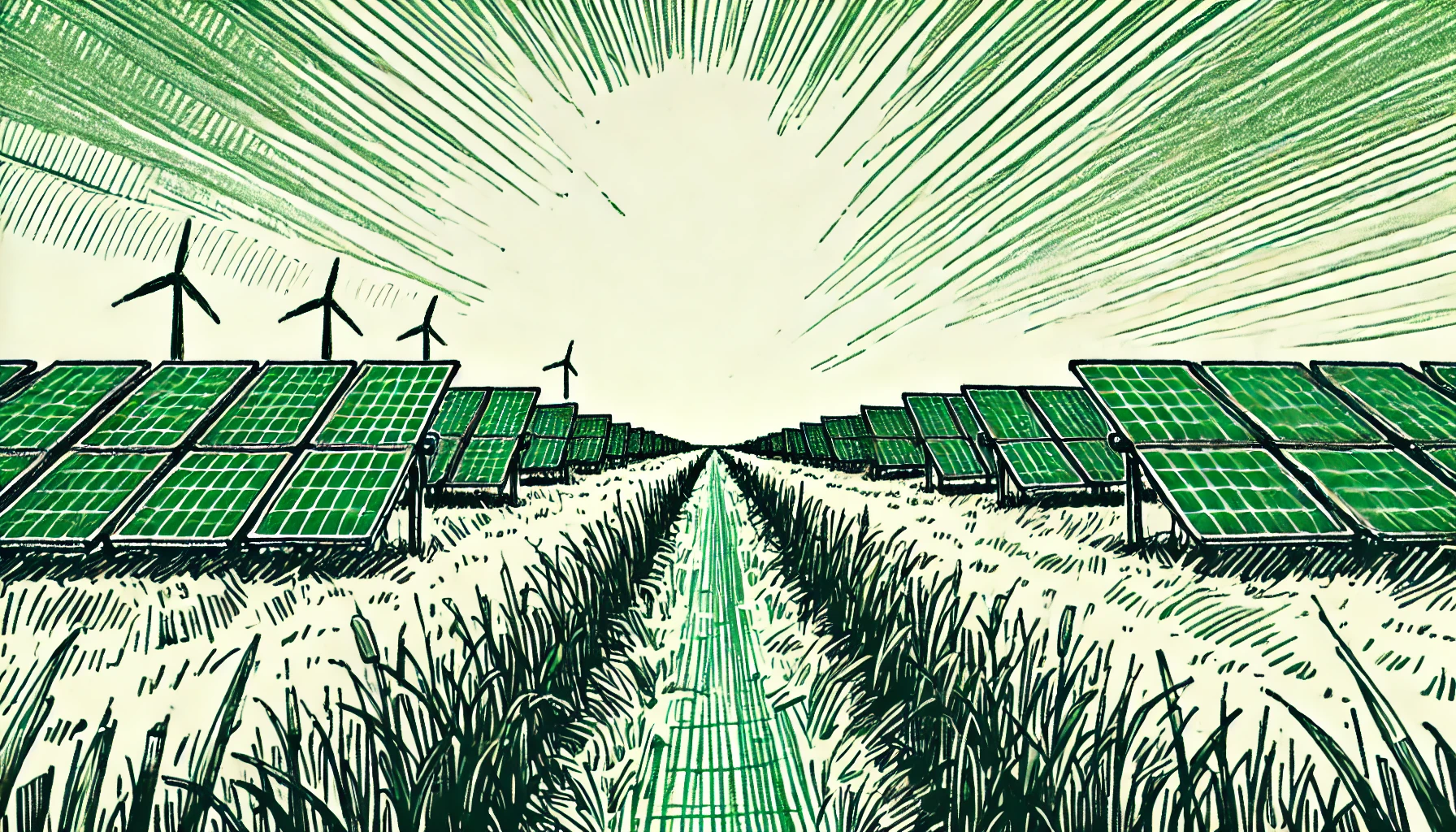
Although photovoltaic panels are associated with clean energy, after 20-30 years they become waste that is difficult to recycle. Europe has to prepare for millions of tonnes of used panels, and the demand for recycling is growing as fast as the installations. The lack of a systemic approach could result in a huge environmental and logistical problem. Do we have a plan for this?
Recycling of photovoltaic panels - a problem that is not being talked about
The development of photovoltaics in Europe has been one of the most dynamic energy transition processes of the last two decades. Since 2000, 306.4 GW of PV capacity has been installed in the European Union alone, which means hundreds of millions of modules operating on rooftops, farms and ground structures. The average lifespan of a single panel is around 25-30 years, although some may last longer with reduced efficiency.
According to the Joint Research Centre (JRC) report and data from the CE Delft project, European Union to accumulate between 6 and 13 million tonnes of PV waste by 2040and up to 21-35 million tonnes by 2050. This means that in less than 25 years the European waste management system will face a major new challenge - logistically, environmentally and financially.
However, the beginning of the problem can already be seen - the oldest PV installations from the early 2000s are beginning to reach the end of their useful life. The growth, however, will be exponential. The bigger the installation boom today, the bigger the waste stream in a decade or so.
As one of the leaders in the growth of prosumer installations in Europe, Poland is in a special situation. The boom in photovoltaic panels started abruptly after 2018. This happened mainly due to the 'My Current' programme and other forms of support, such as tax credits or subsidies. By the end of 2024, the installed PV capacity in the country exceeded 18 GW, which means more than 8 million panels. Assuming their lifespan of 25 years, already around 2045 the Polish waste system will face a serious challenge. Will it be able to manage the huge number of used modules - and only from one decade of intensive installation?
What's inside a PV panel? Anatomy of a waste product
The PV panel consists mostly of:
- Glass (~75%) - front and back layer to protect the module structure.
- Aluminium (~10%) - frame and mounting brackets.
- Silicon (c-Si) - the main semiconductor material, in wafer form.
- Silver - as a conductor in cells, economic value.
- Copper - cables and internal wiring.
- Plastics (EVA, backsheet) - encapsulating layers to protect the cells.
Each of these components has the potential to be recovered, but the varying purity and complex structure of the panel makes separation difficult. Older generation panels can also contain toxic elements: lead, cadmium, tellurium or selenium - their presence requires special disposal procedures.
Need help arranging collection of used photovoltaic panels?
Recycling photovoltaic panels - what works and what just sounds good?
Life cycle of a photovoltaic panel
Click a stage on the timeline
Find out what happens to a photovoltaic panel at each stage of its life cycle and what opportunities for resource recovery arise.
Several approaches can be distinguished in the recycling of PV panels:
- Mechanical shredding - panels are cut into small fragments, then physically sorted. The advantage is simplicity, low barrier to entry, but recovery of raw materials (especially silicon and silver) remains limited.
- Thermal separation, pyrolysis - processes remove polymers (EVA) and then chemically extract metals (e.g. leaching, i.e. dissolving certain elements to separate them from others + electrowinning, i.e. electrolytic recovery). They provide recovery of silver, copper even above 95 % purity. However, it requires sophisticated equipment and process control.
- Full recovery technology - integrated mechanical and chemical solutions, promising recovery of most components. Includes processes such as:
- Mechanical disassembly - separation of aluminium frame and glass.
- Thermal or chemical removal of the polymer layers that protect the cells.
- Separation and purification of silicon and conductive metals (silver, copper) from cells.
- Additional stages of cleaning and processing the recovered raw materials into a reusable form.
Photovoltaic panel lifetime calculator
Do you feel like your panels are no longer working as well as they used to? Or do you just want to know how much longer you'll be able to enjoy lower energy bills? Use our calculator and find out in seconds how many years of efficient operation your photovoltaics have ahead of them.
Photovoltaic panel lifetime calculator
Legislative challenges - a gap in the system
EU WEEE Directive (2012/19/EU, with revisions) includes photovoltaic panels as electro-waste and requires a minimum of 85% mass recovery and 80% recycling from 2018. According to it, the manufacturer is responsible for collection and recycling (EPR system). However, it is worth noting that:
- The panels are often classified as normal electro-waste, despite the presence of toxic substances.
- In many countries, implementation of WEEE requirements is poor and, in addition, panels that are several years old may not be subject to current regulations.
- The recycling infrastructure remains inadequate, making panel collection difficult and expensive.
As a result, the law indicates one thing, but the reality is often another: lack of implementation, low user awareness, insufficient manufacturer control.
What can you do with your used PV panel?
Are you replacing your photovoltaics and wondering what to do with your old panels? Here are some possibilities:
- Collection by manufacturers/installation companies - under extended producer responsibility, some offer dismantling and recycling of photovoltaic panels for a fee or free of charge.
- Collaborative recycling (recovery organisations) - cooperation between installers, manufacturers and municipalities to set up collection and transport points.
- Surrendering to specialist recycling plants- requires international transport. If you decide to do this, it would be better if you consulted specialists in this field. Write to us or call us.
Summary
On the one hand, photovoltaic panels symbolise the green transition and the hope of a clean energy future; on the other hand, without a well-thought-out recycling system, they can become a source of a serious waste problem. Moreover, their scale is growing every year and the necessary legislative, technological and logistical solutions are still not keeping up with the pace of the sector.
A decisive and coordinated response is therefore needed now, before the number of used panels starts to rise exponentially. First and foremost, the industry must actively work with legislators to create real Extended Producer Responsibility mechanisms that are not just provisions on paper, but an effectively functioning system. In parallel, it is necessary to involve recyclers who, through investment and technology development, will enable the efficient recovery of raw materials.
Just as importantly, consumers and prosumers must have access to transparent, easily accessible solutions that allow them to dispose of their waste equipment safely and responsibly. It is only through synergy - between the private, public and social sectors - that a system can be created that responds to the challenges of the future, not only in theory but, above all, in practice.

